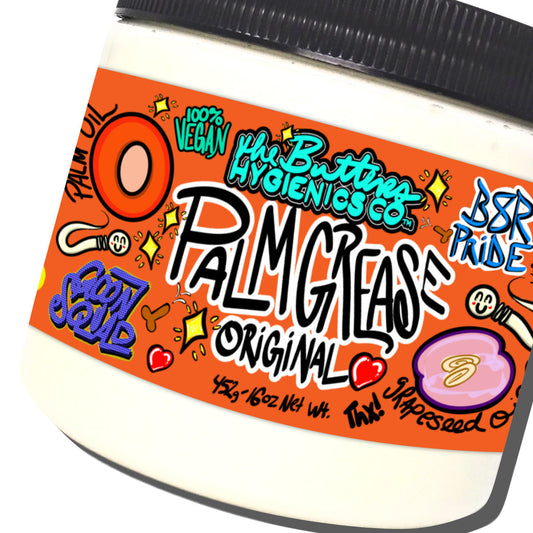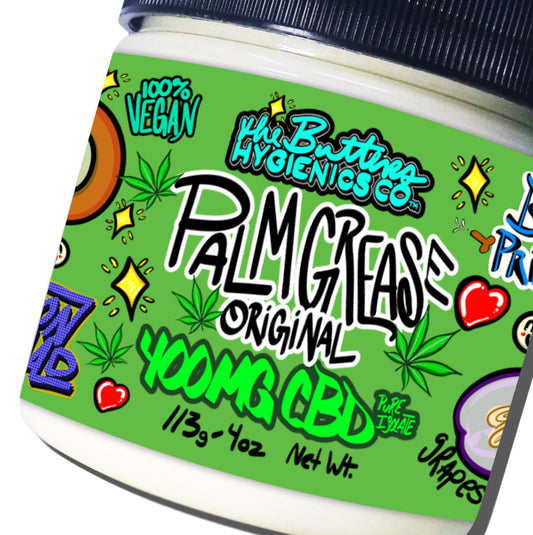
A Simple Illustrated Guide to Prostate Anatomy & Physiology
Share
The Prostate: What Is It, and Why Should You Care?
Let's start with the basics: the prostate is a small, walnut-sized gland that plays a big role in the male reproductive system. It’s nestled snugly below the bladder and in front of the rectum, like a VIP section of the male anatomy. Despite its unassuming size, the prostate is a powerhouse of function, especially when it comes to making babies and enjoying pleasure.
Read More: The Prostate Pleasure Guide: Unlocking the Secrets to Blissful Backdoor Fun
Anatomy of the Prostate: A Quick Tour

The prostate gland is divided into three main zones:
-
Peripheral Zone: This is the largest zone and the most prone to developing prostate cancer. It wraps around the back of the prostate and is where most prostate cancers start. Fun fact: when doctors perform a digital rectal exam (DRE), they’re feeling this zone to check for abnormalities.
-
Central Zone: This zone surrounds the ejaculatory ducts and is mostly free from the risk of cancer. It’s the body’s way of saying, “Let’s keep at least one zone out of trouble.”
-
Transition Zone: The smallest zone, but it’s the one most likely to enlarge as men age. Benign Prostatic Hyperplasia (BPH), a fancy term for an enlarged prostate, usually starts here.

Physiology of the Prostate: What Does It Do?
The prostate is like the secret sauce in the male reproductive system—essential but often overlooked.
-
Semen Production: The prostate produces a significant portion of the fluid that makes up semen. This fluid is slightly alkaline, which helps to neutralize the acidity of the vaginal tract, creating a more hospitable environment for sperm. It’s like rolling out the red carpet for sperm on their way to the egg.
-
Muscle Control: The prostate also contains muscle fibers that help to propel semen during ejaculation. These muscles contract to close off the bladder, ensuring that urine doesn’t mix with semen during orgasm. In other words, the prostate is the body’s bouncer, keeping things in order.
-
Pleasure Center: Beyond its functional roles, the prostate is a pleasure center for those in the know. Often referred to as the “male G-spot,” stimulating the prostate can lead to intense orgasms. This area is reached through the rectum, and while it’s not everyone’s cup of tea, it’s definitely worth mentioning.
Read More: The Ultimate Guide to Prostate Health: Keeping Your P-Spot Happy and Healthy
Common Prostate Problems
As important as the prostate is, it’s not without its issues. Here are a few common problems:
-
Prostatitis: This is an inflammation of the prostate, often caused by bacterial infection. Symptoms can include pain, difficulty urinating, and discomfort during ejaculation.
-
Benign Prostatic Hyperplasia (BPH): As men age, the prostate tends to enlarge. This can lead to urinary issues, as the enlarged prostate can press against the urethra, making it difficult to urinate.
-
Prostate Cancer: This is one of the most common cancers in men, especially as they age. Early detection through regular screenings like PSA tests and DREs can lead to successful treatment.
Taking Care of Your Prostate
Read More: The Ultimate Guide to Prostate Health: Keeping Your P-Spot Happy and Healthy
Keeping your prostate healthy is key to overall well-being. Here are some tips:
- Regular Screenings: If you’re over 50 (or over 40 with a family history of prostate issues), regular screenings are crucial.
- Diet & Exercise: A diet rich in fruits, vegetables, and healthy fats can support prostate health. Regular exercise can also reduce the risk of prostate problems.
- Know the Signs: Difficulty urinating, pain in the pelvic area, or blood in urine/semen should prompt a visit to the doctor.
Final Thoughts
The prostate is more than just a gland—it’s a vital part of male health and sexual function. Understanding its anatomy and physiology can help you take better care of this important organ, ensuring that it continues to function well into the future.
So whether you’re looking to maximize pleasure or simply stay healthy, the prostate is something you’ll want to keep on your radar.








